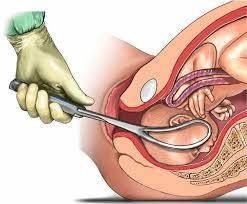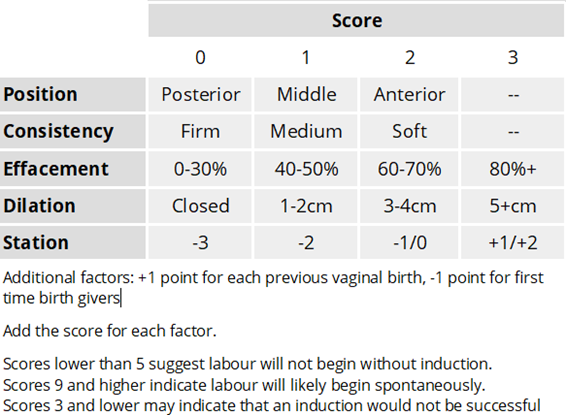Which nursing intervention should be immediately performed after the forceps-assisted birth of an infant?
Measuring the circumference of the infant's head
Applying a cold pack to the infant's scalp
Assessing the infant for signs of trauma
Administering prophylactic antibiotic agents to the infant
The Correct Answer is C
After a forceps-assisted birth, the infant should be assessed for signs of trauma or injury, such as bruising, facial nerve injury, or skull fractures. This assessment should be done immediately after the birth to ensure prompt recognition and management of any issues.
Option A is incorrect because measuring the circumference of the infant's head can be done after the assessment for trauma has been completed and any issues have been addressed.
Option B is incorrect because applying a cold pack to the infant's scalp is not a standard nursing intervention after a forceps-assisted birth.
Option D is incorrect because prophylactic antibiotics are not routinely administered to infants after a forceps-assisted birth unless there is a specific indication, such as suspected infection.

Nursing Test Bank
Naxlex Comprehensive Predictor Exams
Related Questions
Correct Answer is C
Explanation
Effective health communication requires that messages be designed with the audience's needs and characteristics in mind, and pretesting is an important part of this process. Pretesting materials for feedback about comprehension helps to ensure that the messages are clear, understandable, and culturally appropriate for the target audience. This also allows the nurse to make any necessary revisions to improve the materials' effectiveness.
The nurse's target audience should be specific to those who have infants or who are expecting an infant, rather than including all residents, as this is too broad and may not effectively reach the intended audience. Additionally, the use of radio advertisements developed in English only may not be effective for reaching all members of the community, particularly those who do not speak English as their primary language. Lastly, materials written at a high school reading level may not be appropriate for all members of the community, particularly those with lower levels of literacy.
Correct Answer is B
Explanation
The readiness for induction of labor is assessed by determining the Bishop score. The Bishop score is a system used to evaluate the cervix for induction of labor readiness. It is based on the assessment of five factors: cervical dilation, cervical effacement, cervical consistency, cervical position, and fetal station. Each factor is scored on a scale of 0 to 3, with a maximum possible score of 15.
The higher the Bishop score, the more favorable the cervix is for induction of labor, and the higher the likelihood of a successful vaginal delivery. A Bishop score of 8 or higher is considered favorable for induction of labor. A low Bishop score may indicate that the cervix is not yet ripe and may need further cervical ripening before induction can be attempted.

The Apgar score is a test used to evaluate a newborn's physical condition at birth, based on five factors: appearance, pulse, grimace, activity, and respiration.
The biophysical profile is a prenatal ultrasound evaluation that assesses fetal well-being by evaluating fetal breathing, fetal movement, fetal tone, amniotic fluid volume, and fetal heart rate. Fetal position is an important consideration during labor, as it can impact the progression and outcome of labor, but it is not used to assess readiness for induction of labor.
Whether you are a student looking to ace your exams or a practicing nurse seeking to enhance your expertise , our nursing education contents will empower you with the confidence and competence to make a difference in the lives of patients and become a respected leader in the healthcare field.
Visit Naxlex, invest in your future and unlock endless possibilities with our unparalleled nursing education contents today
Report Wrong Answer on the Current Question
Do you disagree with the answer? If yes, what is your expected answer? Explain.
Kindly be descriptive with the issue you are facing.
